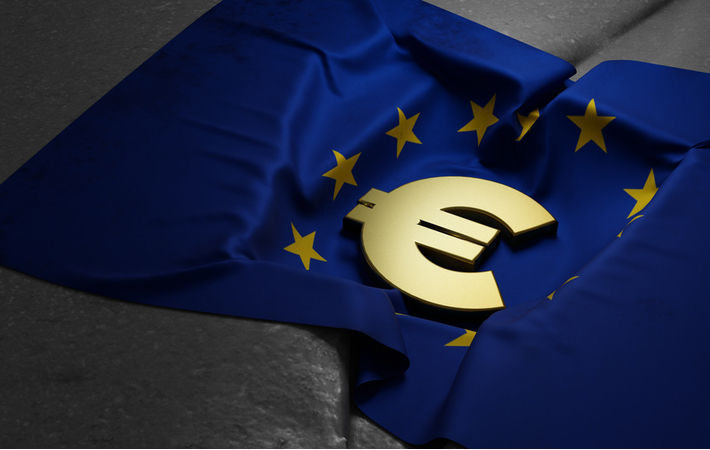
The EU as a whole reached its pre-pandemic level of gross domestic product (GDP) in the third quarter (Q3) of 2021 and all member states are projected to pass this milestone by the end of 2022.
After the robust rebound in economic activity that started in spring last year and continued unabated through early autumn, the growth momentum in the EU is estimated to have slowed to 0.4 per cent in the last quarter of 2021, from 2.2 per cent in the previous quarter, according to an EU press release.
Growth continues to be shaped by the pandemic, with many EU countries under pressure from a combination of increased strain on healthcare systems and staff shortages due to illness, precautionary quarantines or care duties.
Logistic and supply bottlenecks, including shortages of semiconductors and some metal commodities, are also set to keep weighing on production, at least throughout the first half of the year.
Energy prices are now expected to remain elevated for longer than expected in the Autumn forecast, thereby exerting a more protracted drag on the economy and higher inflationary pressures.
This new forecast assumes that the strain on the economy caused by the current wave of infections will be short lived. Economic activity is set to regain traction, also as supply conditions normalise and inflationary pressures moderate.
Looking beyond the short-term turbulence, the fundamentals underpinning this expansionary phase continue to be strong.
Overall, inflation in the euro area is forecast to increase from 2.6 per cent in 2021 (2.9 per cent in the EU) to 3.5 per cent (3.9 per cent EU) in 2022, before declining to 1.7 per cent (1.9 per cent EU) in 2023.
Fibre2Fashion News Desk (DS)